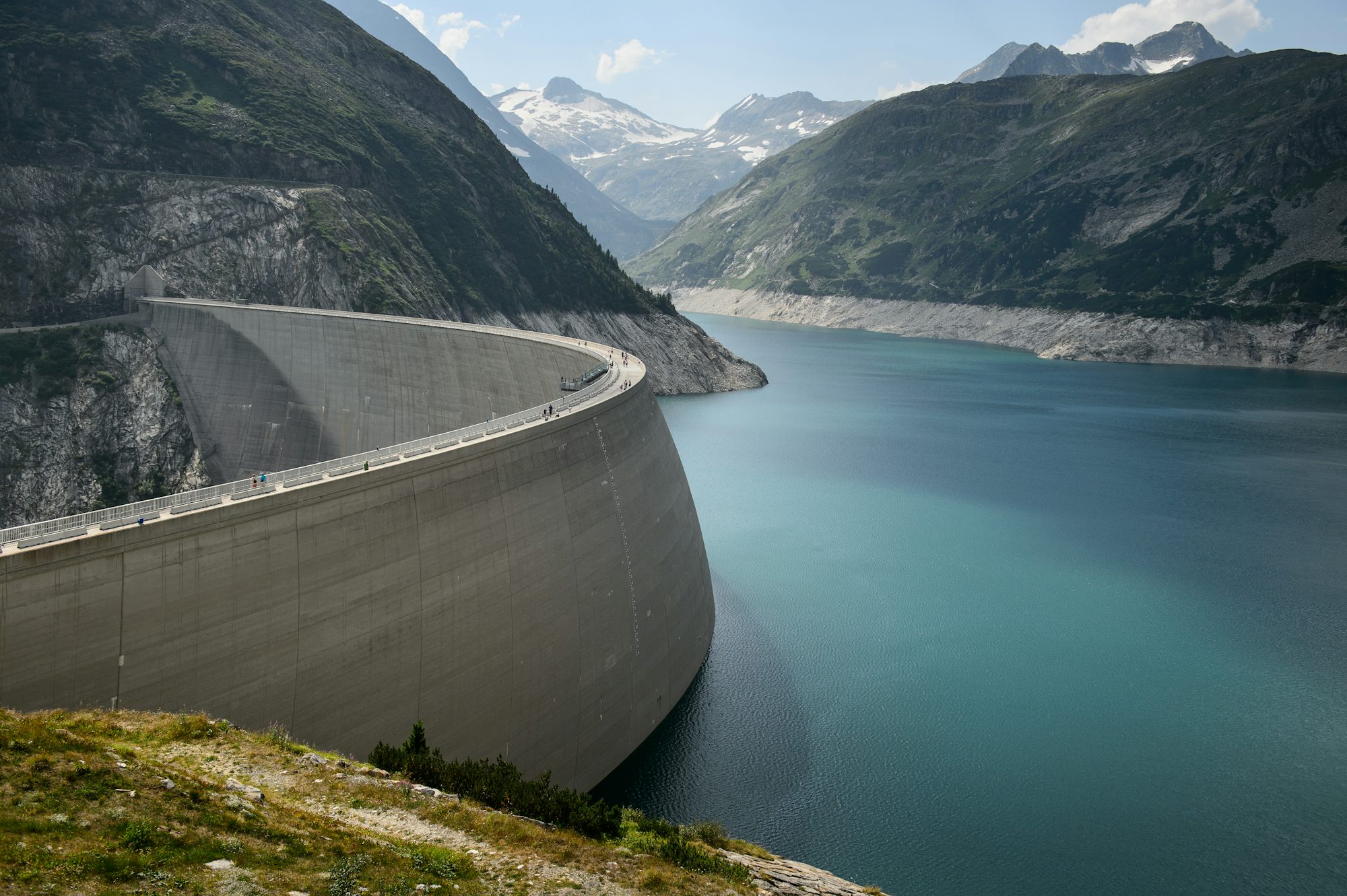
The Art of Slow Travel: Embracing the Journey
This article travel explores the concept of slow travel, its benefits, and how it encourages deeper connections with destinations and cultures.At its core, slow travel is about savoring the journey rather than rushing to tick off a list of sights. It invites travelers to pause, reflect, and appreciate the nuances of each location. Instead of cramming multiple cities into a single trip, slow travelers might choose to spend several days or even weeks in one place, allowing for a richer experience. This approach often leads to a greater understanding of the local culture and lifestyle, as travelers have the time to explore hidden gems, engage with locals, and participate in community events.
One of the most significant advantages of slow travel is the opportunity to build authentic connections with people. When we take the time to engage with locals, whether through casual conversations in a café or by participating in community activities, we gain insights into their lives, traditions, and perspectives. These interactions can transform our understanding of a place, revealing its character beyond the typical tourist attractions.
For example, imagine spending a week in a small Italian village, where you have the chance to join in on local cooking classes, attend community festivals, and enjoy leisurely meals with residents. Such experiences allow for a deeper appreciation of the culture, as you learn about family recipes, culinary traditions, and the significance of local ingredients. Engaging in conversations with locals can provide context to your surroundings, making your travel experience more enriching.
Slow travel also promotes a more mindful approach to exploration. By taking the time to savor each moment, travelers can cultivate a greater sense of presence and appreciation for their surroundings. Instead of rushing from one attraction to the next, slow travelers are encouraged to explore at a leisurely pace, allowing for spontaneous discoveries and unexpected adventures.
Imagine wandering through the narrow streets of a historic city, where each corner reveals a new café, shop, or stunning view. With a slower itinerary, you might find yourself stopping to watch street performers, sampling local delicacies, or simply enjoying the ambiance of a bustling market. These moments create lasting memories and enrich the overall travel experience.
Moreover, slow travel aligns with sustainable tourism practices. By reducing the frequency of travel and focusing on fewer destinations, travelers can minimize their environmental impact. Supporting local economies through long-term stays and spending time in local businesses helps foster sustainable practices within communities. Slow travelers are often more conscious of their choices, seeking out eco-friendly accommodations, local cuisine, and transportation options that reduce their carbon footprint.
For instance, opting to stay in a family-run guesthouse instead of a large hotel not only supports the local economy but also provides a more intimate and personalized experience. Engaging with local guides for tours or workshops can further enhance your understanding of the area while ensuring that the benefits of tourism are felt by the community.
Another key aspect of slow travel is the emphasis on personal growth and self-discovery. By stepping away from the whirlwind of fast-paced tourism, travelers have the chance to reflect on their experiences and gain new perspectives. This can lead to increased creativity, mindfulness, and a deeper understanding of oneself.
Consider the experience of traveling alone to a foreign country. By embracing slow travel, you might find that the solitude provides an opportunity for introspection and personal reflection. Whether it's journaling in a park, practicing photography, or simply observing the world around you, these moments of stillness can lead to profound insights and personal growth.
To fully embrace the principles of slow travel, consider the following practical tips:
1. Choose Fewer Destinations: Instead of trying to see everything in a short period, select a few destinations that genuinely interest you. This allows for a more in-depth exploration of each place.
2. Stay Longer: Opt for extended stays in each destination. Renting an apartment or staying in a guesthouse can provide a home-like experience, encouraging you to engage with the local community.
3. Engage with Locals: Seek opportunities to interact with residents, whether through community events, local markets, or informal gatherings. Building relationships with locals can lead to meaningful experiences.
4. Explore on Foot or by Bike: Walking or biking allows you to experience a place at a slower pace. You’ll discover hidden gems and have the flexibility to explore without the constraints of public transport or car rentals.
5. Practice Mindfulness: Take the time to appreciate your surroundings. Engage your senses—observe the sights, sounds, and smells of each destination, and allow yourself to be present in the moment.
6. Try Local Cuisine: Eating at local restaurants or participating in cooking classes can provide insights into the culture. Don’t hesitate to ask locals for their recommendations, as they often know the best spots.
7. Limit Technology Use: Consider reducing your reliance on digital devices. Disconnecting can enhance your experience and encourage you to be more present in your surroundings.
In conclusion, slow travel offers a transformative approach to exploration that enriches our understanding of the world and enhances our personal experiences. By embracing the principles of slow travel, we can cultivate deeper connections with cultures, foster sustainable tourism practices, and embark on journeys of self-discovery. So, the next time you plan a trip, consider slowing down, savoring the journey, and allowing yourself to fully embrace the magic of travel.